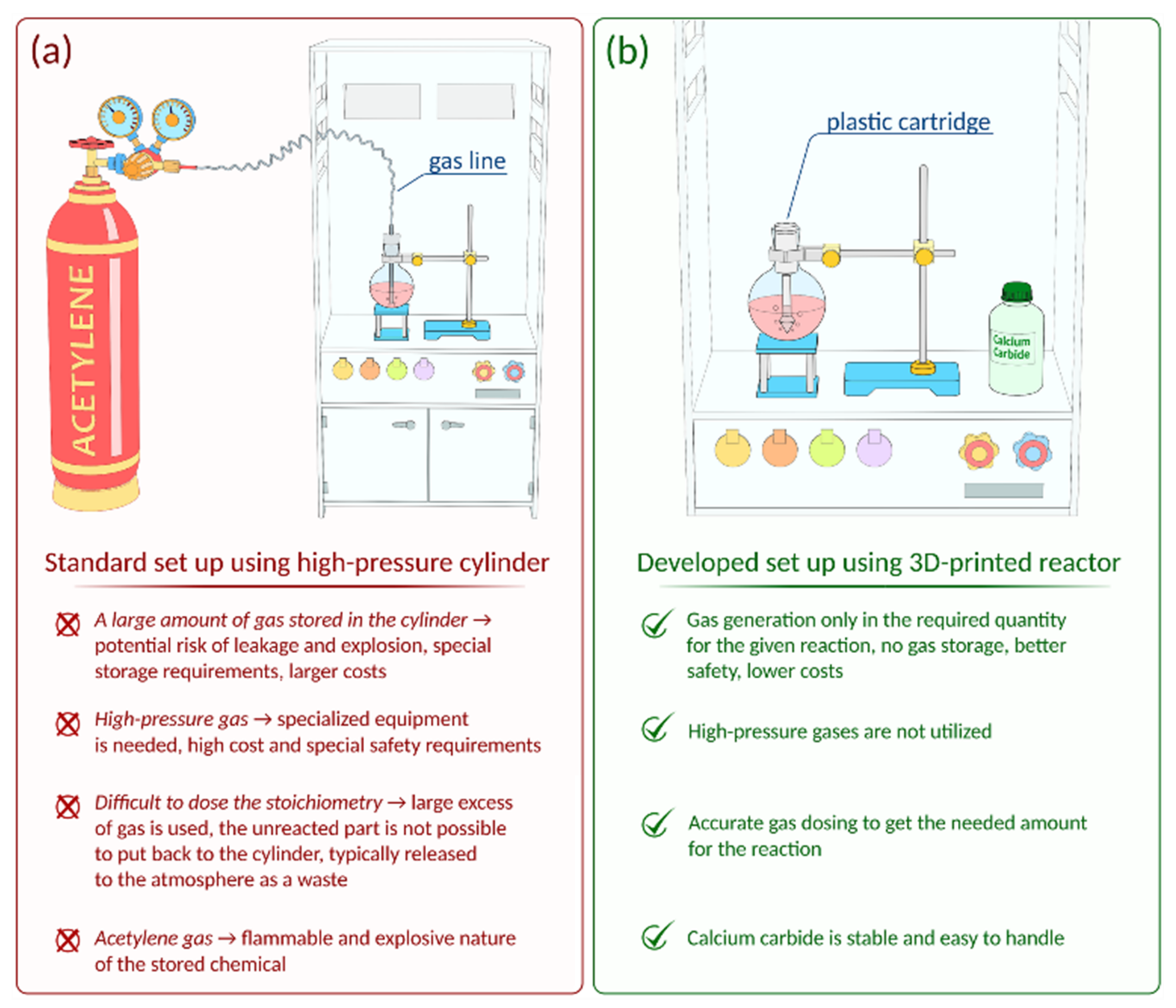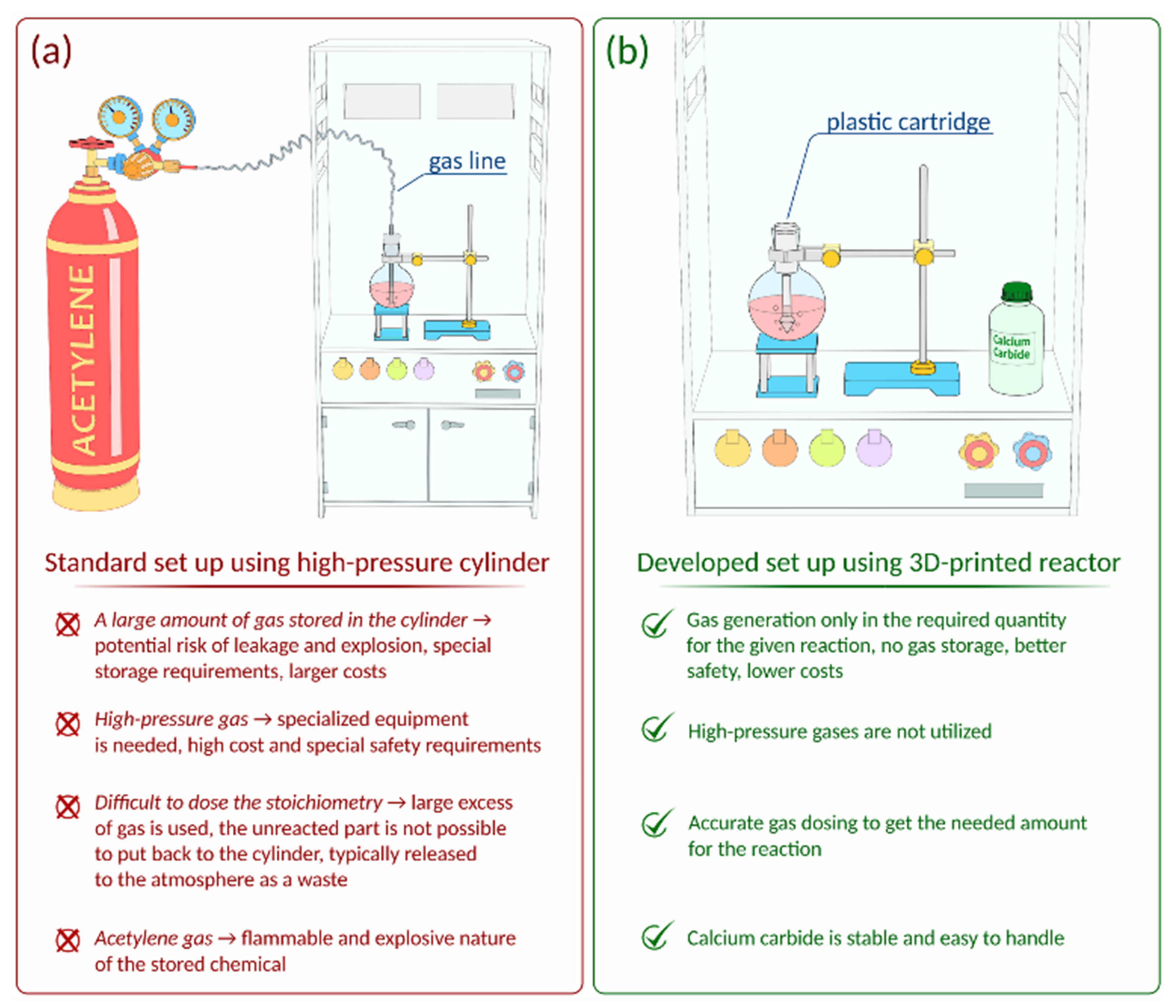A fire extinguisher can explode at temperatures above 120°F due to pressure buildup. Storing extinguishers safely is crucial.
Carrying a fire extinguisher in your vehicle can be a lifesaver in emergency situations. However, extreme temperatures can impact its effectiveness. It might raise concerns about the potential danger of the fire extinguisher exploding when exposed to high heat. Let’s delve deeper into understanding at what temperature a fire extinguisher might explode and how to ensure its safety during hot weather conditions.

Credit: scitechdaily.com

Exploding Fire Extinguishers
The Science Behind Fire Extinguisher Explosions
A fire extinguisher can explode if exposed to high temperatures, causing potential dangers.
Factors Affecting Fire Extinguisher Explosions
- High Temperatures: Excessive heat can lead to a fire extinguisher explosion.
- Pressure Build-Up: Escalating pressure inside the extinguisher can trigger an explosion.
- Type of Extinguisher: Different extinguisher types have varying explosion risks.
- Container Strength: Sturdier containers can result in more powerful explosions.

Credit: www.dailymail.co.uk
Temperature And Fire Extinguishers
Stored fire extinguishers are designed to withstand temperatures of up to 120°F to 130°F. However, if exposed to extreme heat well above 130°F, the contents can expand, causing the cylinder to burst. It is crucial to store fire extinguishers in a cool, dry place and avoid leaving them in high-temperature environments.
Impact Of High Temperatures On Fire Extinguishers
High temperatures can cause fire extinguishers to explode, leading to potential dangers.
Safe Storage Of Fire Extinguishers In Different Environments
Proper storage in various environments is crucial to prevent fire extinguisher explosions.
Preventing Fire Extinguisher Explosions
To prevent fire extinguisher explosions caused by high temperatures, ensure not to expose them to extreme heat above their operating limits. Sealed containers, like fire extinguishers, can explode if heated sufficiently, especially under intense conditions, so store them in cool, dry areas to maintain safety.
Best Practices For Fire Extinguisher Storage
When it comes to storing fire extinguishers, it’s crucial to keep them within a specific temperature range to prevent explosions. Store your fire extinguisher in a well-ventilated area away from direct sunlight or heat sources, such as radiators and stoves. Avoid placing them in areas susceptible to freezing temperatures. To ensure proper storage, consider using a designated fire extinguisher cabinet or wall mount. Regularly check the pressure gauge to ensure the extinguisher is maintained within the recommended pressure range.
Tips For Safe Handling Of Fire Extinguishers
When handling fire extinguishers, follow these tips to minimize the risk of explosion. Inspect the extinguisher for any signs of damage or corrosion, and ensure the safety pin is intact. Keep the extinguisher upright at all times to prevent the contents from settling improperly. Avoid exposing the extinguisher to excessive heat or cold, as extreme temperatures can compromise its structural integrity. Regularly maintain and service your extinguisher as specified by the manufacturer to ensure its effectiveness in case of a fire emergency.
Myth Busters: Debunking Common Misconceptions
In debunking common myths, it is important to understand that fire extinguishers do not explode due to temperature. Most fire extinguishers are designed to withstand high temperatures within their operating limits, ensuring safety even in hot environments.
Fire extinguishers are essential safety devices that can help prevent small fires from turning into major disasters. However, there are often misconceptions surrounding the risks and dangers associated with fire extinguisher explosions. In this section, we will address and debunk some of the common myths surrounding fire extinguisher explosions.
Addressing Misconceptions About Fire Extinguisher Explosions
Myth 1: Fire extinguishers can explode at any temperature.
Fact: Contrary to popular belief, fire extinguishers do not explode at any temperature. Most fire extinguishers are designed to withstand high temperatures and are tested to ensure their safety. However, extreme heat, such as in a raging fire, can cause the extinguisher’s contents to expand and increase pressure, leading to a potential rupture. It is important to keep fire extinguishers away from direct contact with flames.
Myth 2: Fire extinguishers can explode in cold weather.
Fact: While extreme temperatures, both hot and cold, can affect the performance of a fire extinguisher, it does not mean that they will explode in cold weather. Fire extinguishers are designed to work effectively in a wide range of temperatures. However, freezing temperatures can cause the contents of the extinguisher to solidify, rendering it ineffective. It is crucial to store fire extinguishers in locations where the temperature remains above freezing point.
Exploring Real Risks And Dangers
Risk 1: Overheating due to external heat sources.
If a fire extinguisher is exposed to direct heat, such as flames or extreme temperatures, it can lead to increased pressure inside the cylinder. This pressure may cause the fire extinguisher to rupture, resulting in a potential explosion. To avoid this risk, it is important to store fire extinguishers in cool, well-ventilated areas where they are not exposed to extreme heat sources.
Risk 2: Improper handling and maintenance.
Using a fire extinguisher incorrectly or mishandling it can pose a risk of explosion. It is crucial to understand how to operate a fire extinguisher properly and follow the manufacturer’s instructions. Regular maintenance, including checking the pressure and ensuring the safety seals are intact, is also essential to prevent any potential risks.
Risk 3: Storage in confined spaces.
Storing fire extinguishers in confined spaces, such as tightly sealed cabinets or vehicles, can also increase the risk of explosion. Lack of proper ventilation and access to fresh air can lead to increased pressure inside the fire extinguisher, making it more susceptible to ruptures. It is important to store fire extinguishers in well-ventilated areas that allow for proper circulation of air.
Risk 4: Aging or damaged fire extinguishers.
Fire extinguishers have a shelf life, and over time they can become less effective or develop faults. Aging or damaged fire extinguishers may have weakened seals or compromised structural integrity, increasing the risk of explosion. Regular inspections and replacing expired fire extinguishers are essential to ensure their safety and effectiveness.
In conclusion, fire extinguishers do not explode at any temperature and are designed to withstand high temperatures. However, exposure to extreme heat sources, improper handling, storage in confined spaces, and the use of aging or damaged fire extinguishers can pose risks of explosion. By understanding and addressing these risks, we can safely utilize fire extinguishers as effective fire suppression tools.
Ensuring Fire Extinguisher Safety
It’s important to store fire extinguishers at temperatures below 120°F to prevent explosion risks. Ensure they are not exposed to direct sunlight or near heat sources to maintain their safety and effectiveness. Regular checks and proper storage can prevent potential hazards from high temperatures.
Regulatory Standards For Fire Extinguishers
Fire extinguishers are crucial safety devices that can help control small fires and prevent them from spreading. To ensure their effectiveness, regulatory standards have been put in place to govern the design, manufacturing, and testing of fire extinguishers. These standards ensure that fire extinguishers are reliable, safe to use, and capable of withstanding high temperatures without exploding.
Under the National Fire Protection Association (NFPA) guidelines, fire extinguishers must undergo rigorous testing to meet specific standards. They must be able to withstand extreme temperatures and pressures, ensuring their integrity during emergency situations. The NFPA guidelines also specify the appropriate type and size of fire extinguisher to be used for different classes of fires, such as Class A, Class B, and Class C fires.
Importance Of Regular Maintenance And Inspections
Maintaining and regularly inspecting fire extinguishers is essential to ensure their reliability and effectiveness. Proper maintenance helps identify any potential issues and allows for timely repairs or replacements, guaranteeing that the fire extinguisher will function properly when needed.
Regular inspections should be conducted to check for visible signs of damage, such as dents, corrosion, or leakage. The pressure gauge should also be checked to ensure that it is within the acceptable range. It is recommended to have a professional conduct an annual inspection of the fire extinguisher to ensure it meets regulatory standards.
In addition to inspections, it is essential to recharge or replace fire extinguishers after each use or as indicated by the manufacturer. This ensures that the fire extinguisher is always fully charged and ready for use. Keeping a record of maintenance and inspection activities is also necessary for documentation purposes and to track the condition of the fire extinguisher.
Maintaining and inspecting fire extinguishers regularly not only ensures their safety and reliability but also complies with regulatory standards. It is crucial for every individual and organization to prioritize the proper maintenance of fire extinguishers to enhance overall fire safety.

Credit: www.mdpi.com
Frequently Asked Questions For At What Temperature Will A Fire Extinguisher Explode
Can I Leave A Fire Extinguisher In A Hot Car?
No, it is not safe to leave a fire extinguisher in a hot car as it can potentially explode. It is important to keep the fire extinguisher strapped down in the trunk of the vehicle when not in use.
Will A Fire Extinguishers Explode In Cold Weather?
Fire extinguishers will not explode in cold weather. They are designed to withstand extreme temperatures, including cold environments.
What Is The Maximum Temperature For A Fire Extinguisher?
A fire extinguisher should not be exposed to temperatures above 120°F to prevent explosion.
Can You Store Fire Extinguisher In Car?
Yes, store a fire extinguisher in your car’s trunk. Ensure it’s rated for Class B and Class C fires and securely strapped down.
Q: Can A Fire Extinguisher Explode If Left In A Hot Car?
A: Fire extinguishers are designed to withstand high temperatures and are unlikely to explode in a hot car.
Conclusion
In case of a fire extinguisher, temperature control is vital. Understanding its operating limits and taking necessary precautions ensure safety. Keep it strapped in your car, as the UL listed fire extinguisher is designed to withstand high temperatures. Be mindful of proper storage and handle it with care to avert any potential risks.